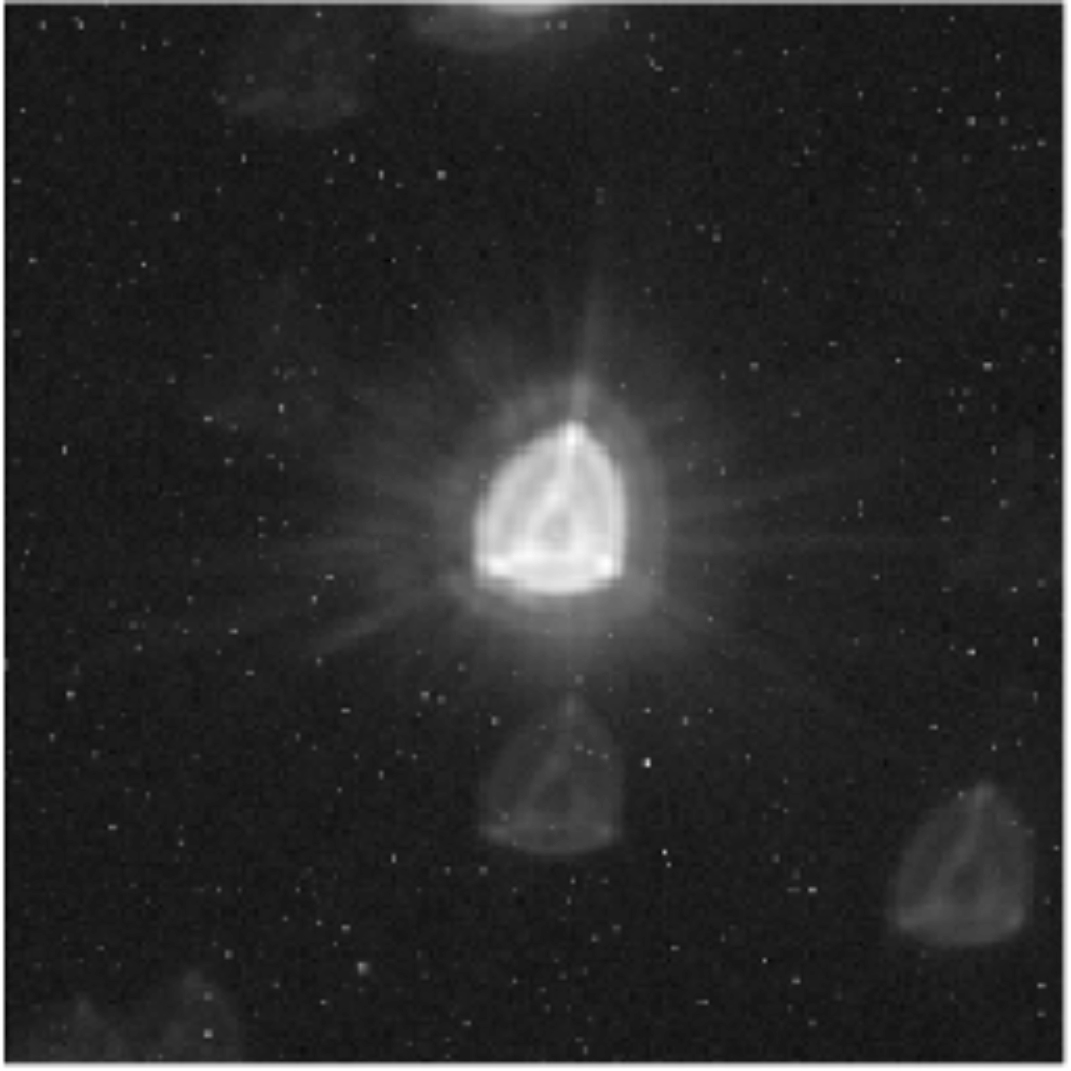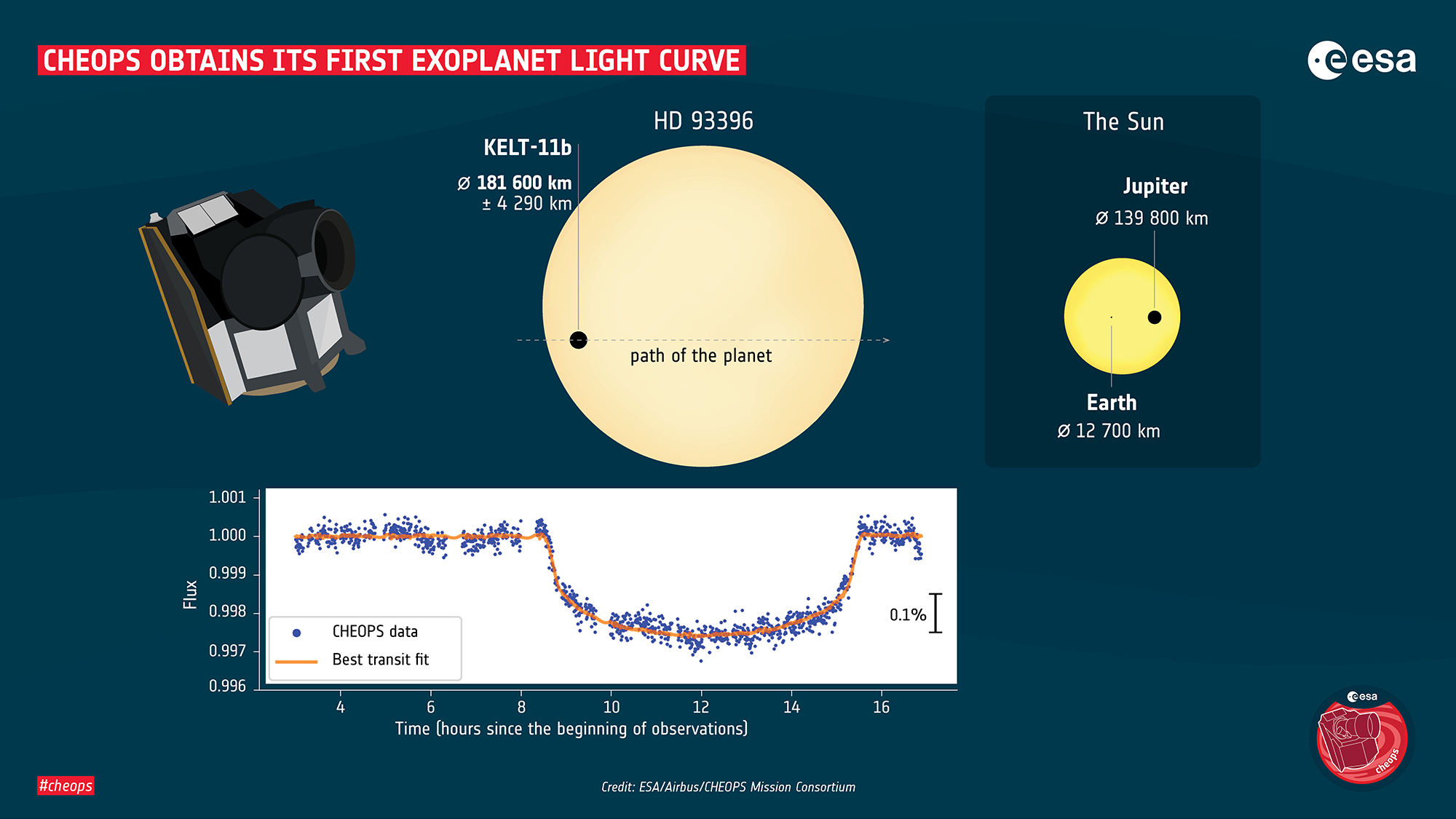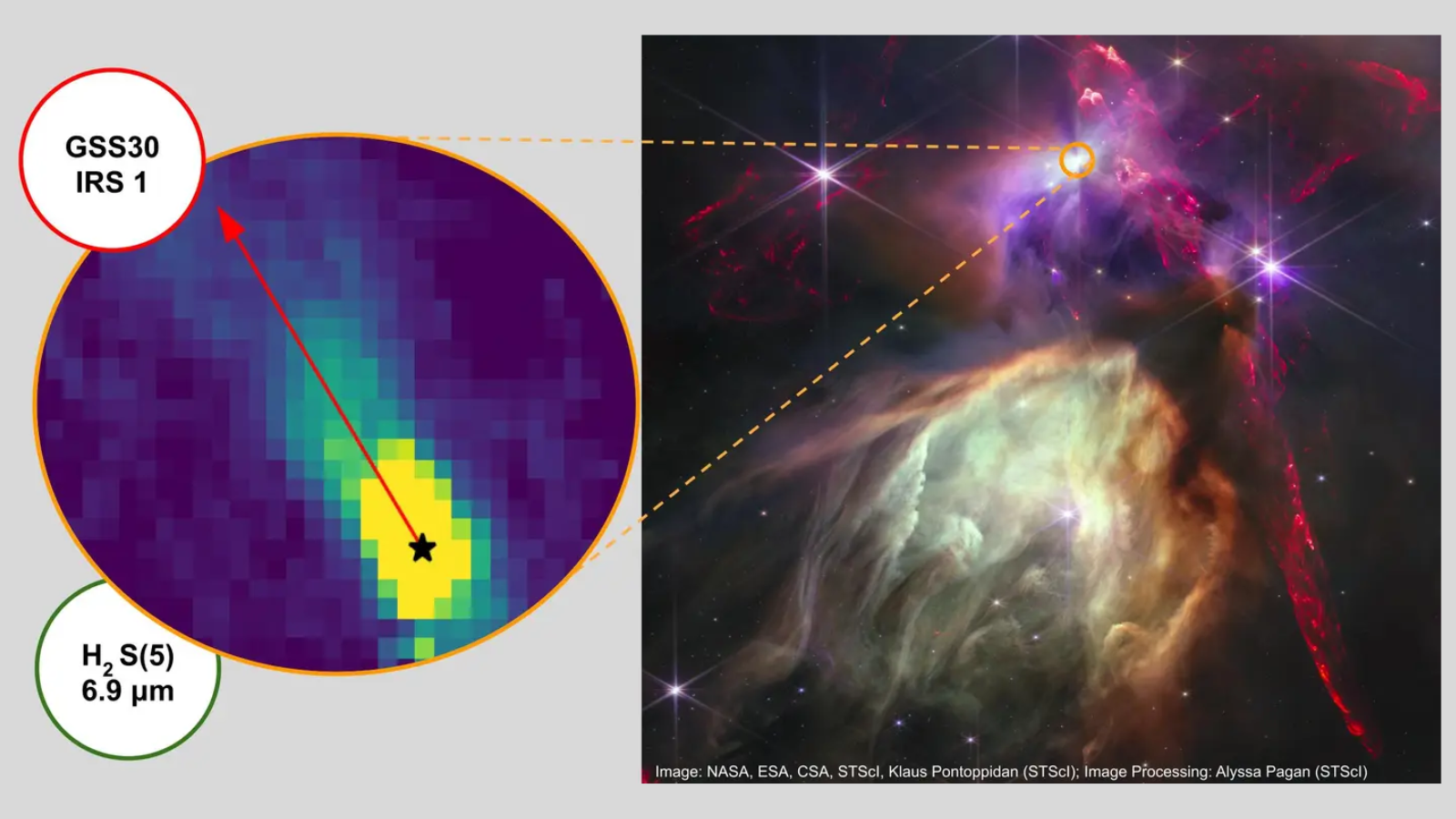Europe's planet-hunting CHEOPS telescope spies its 1st alien worlds
Europe's new exoplanet-spotting space telescope has observed its first alien worlds.
The probe, called the Characterizing Exoplanet Satellite (CHEOPS), launched into Earth's orbit last December and has just completed a three-month commissioning phase. During that time, the European Space Agency (ESA) tested out CHEOPS' instruments and even used the telescope to observe a few exoplanets, or planets that orbit stars beyond our solar system. The space observatory is now ready to begin routine science observations, which should begin at the end of April, ESA officials said in a statement.
While other exoplanet missions like NASA's Kepler Space Telescope and the Transiting Exoplanet Survey Satellite (TESS) were designed to search for planets around other stars, CHEOPS will spend its time honing in on known exoplanets to measure their sizes with unprecedented accuracy and precision. Combined with data on each exoplanet's mass, which can be calculated from their orbits, the size measurements will allow astronomers to determine each exoplanet's density, thus revealing more clues about the composition of these worlds — and whether they could sustain life.
Video: Europe's new exoplanet hunter begins star observations
Related: 7 ways to discover alien planets
CHEOPS performed a series of in-flight tests between January and February to make sure its instruments were functioning and calibrated properly. The spacecraft took its first images in February, featuring blurry views of star systems. Those fuzzy images were no accident.
"The deliberate defocusing is at the core of the mission's observing strategy, which improves the measurement precision by spreading the light coming from distant stars over many pixels of its detector," ESA said in the statement.
In March, the new space telescope began looking at well-known star systems. CHEOPS "first needed to observe stars whose properties are well known, stars that are well-behaved — hand-picked to be very stable, with no signs of activity," CHEOPS project scientist Kate Isaak said in the statement. This allowed the CHEOPS team on Earth to verify that the satellite's instruments are precise and stable enough for observations.
Breaking space news, the latest updates on rocket launches, skywatching events and more!
"We were thrilled when we realised that all the systems worked as expected or even better than expected," CHEOPS instrument scientist Andrea Fortier said in the same statement.
CHEOPS spent the last two weeks of in-orbit commissioning observing two stars that are known to host exoplanets. Specifically, the telescope practiced watching as exoplanets transited their stars. During a transit, an exoplanet crosses in front of the star, blocking a tiny bit of starlight and causing the star to dim slightly. While TESS uses the "transit method" to search for alien worlds, CHEOPS will use transits to take precise measurements of exoplanets.
One of the exoplanets that CHEOPS observed during this practice one is a puffy, gaseous world known as KELT-11b. The exoplanet orbits a subgiant star called HD 93396, which is located 320 light-years away from Earth. HD 93396 is three times larger than our sun, and KELT-11b is about 30% larger than Jupiter, but the gas giant orbits closer to its host star than Mercury is to the sun.
Using data CHEOPS gathered during that transit, scientists measured that KELT-11b is 112,800 miles (181,600 kilometers) wide. This measurement is five times more accurate than what can be done using Earth-based telescopes, ESA officials said in the statement.
Infographic: How do you spot an alien planet from Earth?
ESA held a formal review of the satellite's performance and ground operations on March 25, and CHEOPS passed it with flying colors. "The in-orbit commissioning phase was an exciting period, and we are pleased we were able to meet all requirements," said Nicola Rando, CHEOPS project manager at ESA. "The satellite platform and instrument performed remarkably, and both the Mission and Science Operation Centres supported operations impeccably."
While the mission's science phase has not yet officially begun, CHEOPS is already taking a peek at some of its early targets, which include the exoplanets 55 Cancri e (a hot 'super-Earth' with a lava ocean) and GJ 436b, a so-called 'warm Neptune' that is losing its atmosphere.
- Another day, another exoplanet, and scientists just can't keep up
- 10 exoplanets that could host alien life
- Alien planet quiz: are you an exoplanet expert?
Email Hanneke Weitering at hweitering@space.com or follow her @hannekescience. Follow us on Twitter @Spacedotcom and on Facebook.
OFFER: Save 45% on 'All About Space' 'How it Works' and 'All About History'!
For a limited time, you can take out a digital subscription to any of our best-selling science magazines for just $2.38 per month, or 45% off the standard price for the first three months.

Hanneke Weitering is a multimedia journalist in the Pacific Northwest reporting on the future of aviation at FutureFlight.aero and Aviation International News and was previously the Editor for Spaceflight and Astronomy news here at Space.com. As an editor with over 10 years of experience in science journalism she has previously written for Scholastic Classroom Magazines, MedPage Today and The Joint Institute for Computational Sciences at Oak Ridge National Laboratory. After studying physics at the University of Tennessee in her hometown of Knoxville, she earned her graduate degree in Science, Health and Environmental Reporting (SHERP) from New York University. Hanneke joined the Space.com team in 2016 as a staff writer and producer, covering topics including spaceflight and astronomy. She currently lives in Seattle, home of the Space Needle, with her cat and two snakes. In her spare time, Hanneke enjoys exploring the Rocky Mountains, basking in nature and looking for dark skies to gaze at the cosmos.




